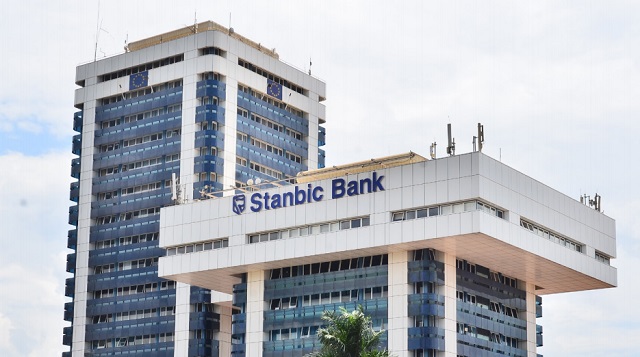
The second wave of the pandemic pose downside risks to credit growth
Kampala, Uganda | JULIUS BUSINGE | Banks have recently received more loan applications and extended more credit to borrowers amidst the coronavirus pandemic.
This is good for jumpstarting the economy that has been hit by COVID-19 lockdowns.
Till the second lockdown last month, the country had recorded a slow surge in coronavirus cases among its peers in the East African region.
Latest figures from Bank of Uganda now shows a year-on-year growth in stock of loans advanced to consumers, commonly known as Private Sector Credit, averaging 9.5% in the quarter to April 2021 compared with 8.2% in the quarter to January 2021 and 6.7% in the quarter to August 2020.
“The growth in Private Sector Credit has been on a sustained gradual increase since August 2020 reflecting the lower cost of borrowing following the easing of monetary policy,” reads part of the Bank of Uganda’s state of the economy report for June this year.
The central bank had kept its benchmark policy rate unchanged at seven percent since December last year to stimulate the economy in the wake of the pandemic. It cut it in June by 50 basis points to 6.5%.
Personal loans and manufacturing sectors recorded the highest growth in demand for loans, recording a 10.2% and 12% growth, respectively, relative to 8.0% and 9.9% in the previous quarter.
Restructured loans under BoU’s COVID-19 credit relief measures, meanwhile, amounted to Shs6.6trillion of which Shs3.7trillion remain outstanding as at the end of March.
However, the likely impact of the new Covid-19 strain and/or a second wave of the pandemic pose downside risks to credit growth.
Notably in April 2021, the annual PSC growth fell to 7.0% from 9.7% in March 2021 partly driven by a reduction in credit supply due to increased risk aversion by lenders.
The central bank is in the view that the risk aversion is likely to prevail in the short-term, while in the medium to long-term, credit growth will be dependent on the pace of economic recovery.
However, average annual credit growth to the agriculture and building, mortgage, construction & real estate grew lower by, 5.2% and 9.1%, respectively in the quarter ending April 2021, compared to, 8.0% and 9.9%.
Lending to trade and business sectors continues to remain subdued due to the adverse effects of the pandemic, growing on average at 3.7% and -0.4% respectively, relative to -2.9% and 6.9%.
Credit demand and supply proxied by the values of loan applications and approvals fell in the quarter to April 2021.
While the value of loan applications increased by Shs1.3trillion in the same period, the corresponding value of loan approvals reduced by Shs46 billion reflecting commercial banks’ continued risk aversion and borrowers’ poor financial standing.
NPLs up
In terms of asset quality, commercial banks’ asset quality declined slightly, with the share of NPLs to total loans increasing to 5.4% in March 2021 from 5.3% and 5.1% in December 2020 and September 2020, respectively.
The share of NPLs to loans increased for the manufacturing, business services and building and construction sectors and reduced for the agriculture, trade and personal loans.
The decline in the ratio of NPLs in some economic sectors was partly due to a gradual recovery in economic activity following the opening up of the economy. However, the credit relief measures continue to moderate the worsening asset quality.
GDP growth
This comes as data from Uganda Bureau of Statistics shows that the economy grew by 3.3% in FY2020/21 compared to a revised growth of 3.0% in FY2019/20.
The 3.3% growth was driven by agriculture and industry output, which grew by 3.5 and 3.4% relative to the respective growth rates of 4.8% and 3.3% in FY2019/20.
Services output grew by 2.5% in FY2020/21, supported by growth in information and communication, and public administration output.
The accommodation and food, education, arts and entertainment, trade and transportation and storage sub-sectors posted negative growth rates, driven largely by the COVID-19 protracted lockdown and social distance measures on the services sectors.
Economic analysts told The Independent that the growth in private sector could reflect a surge in savings in commercial banks locally and globally.
“Banks know their customers well and can tell those who will pay and those who would not,” said Paul Lakuma, a research fellow in the macroeconomics department at the Economic Policy Research Centre at Makerere University.
He said unless the economy is collapsing “banks cannot sit on the money.”
Lakuma said most banks such as Stanbic and Housing Finance Bank had also discounted personal loans to make it easy for clients to borrow.
He said the manufacturing sector too is doing well as majority of the players are mainly dealing in fast moving consumer goods whose demand is guaranteed.
****
 The Independent Uganda: You get the Truth we Pay the Price
The Independent Uganda: You get the Truth we Pay the Price


